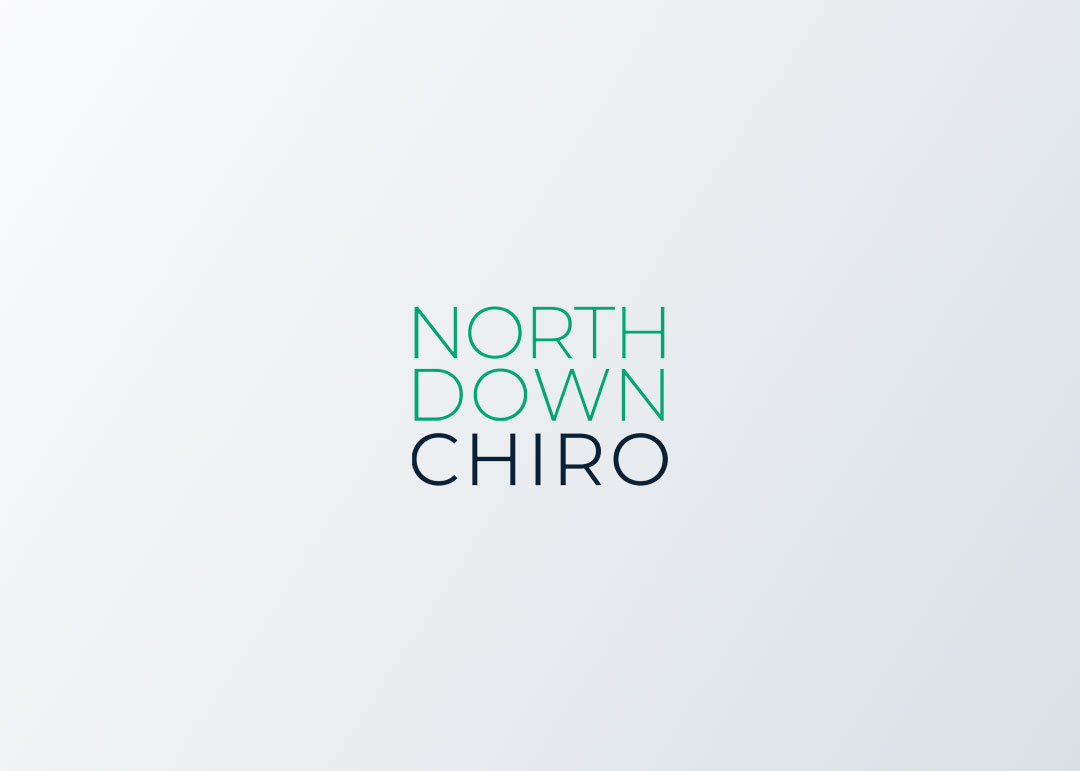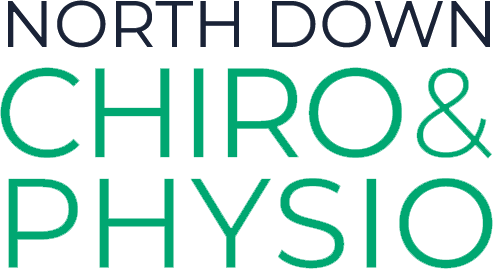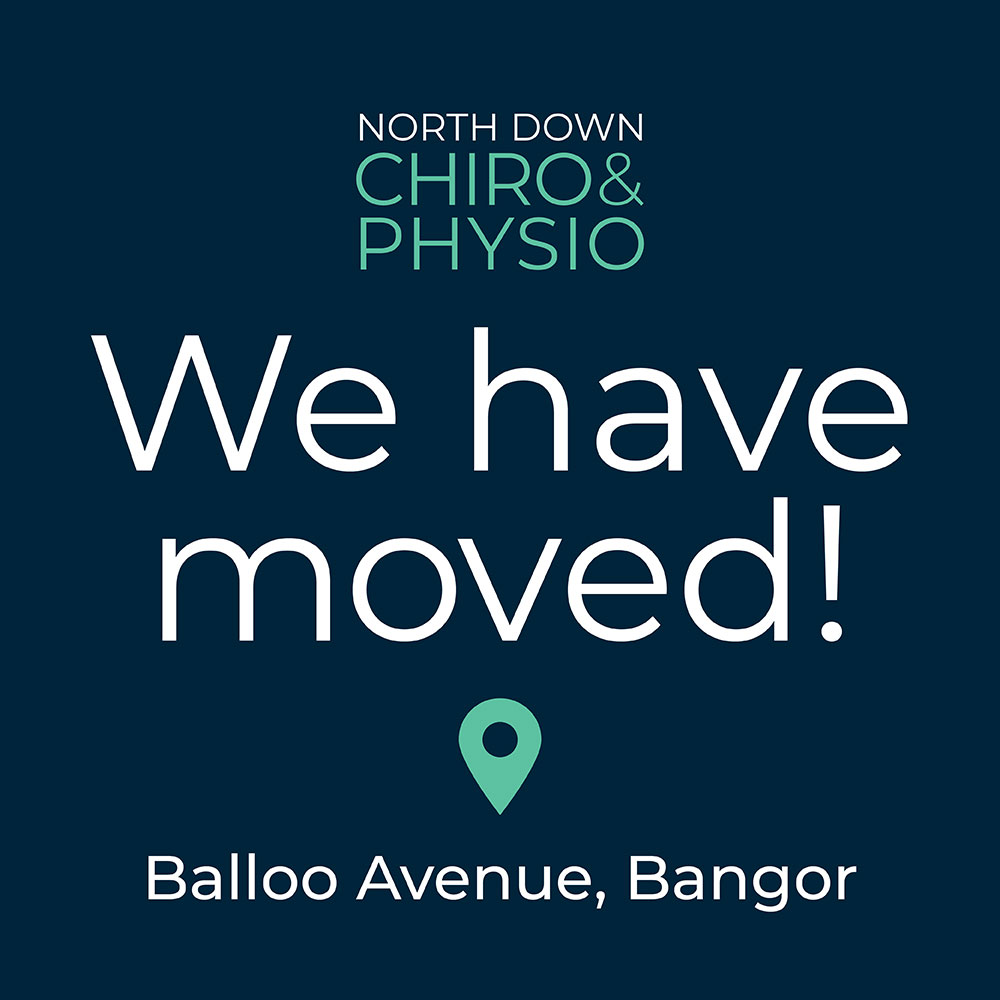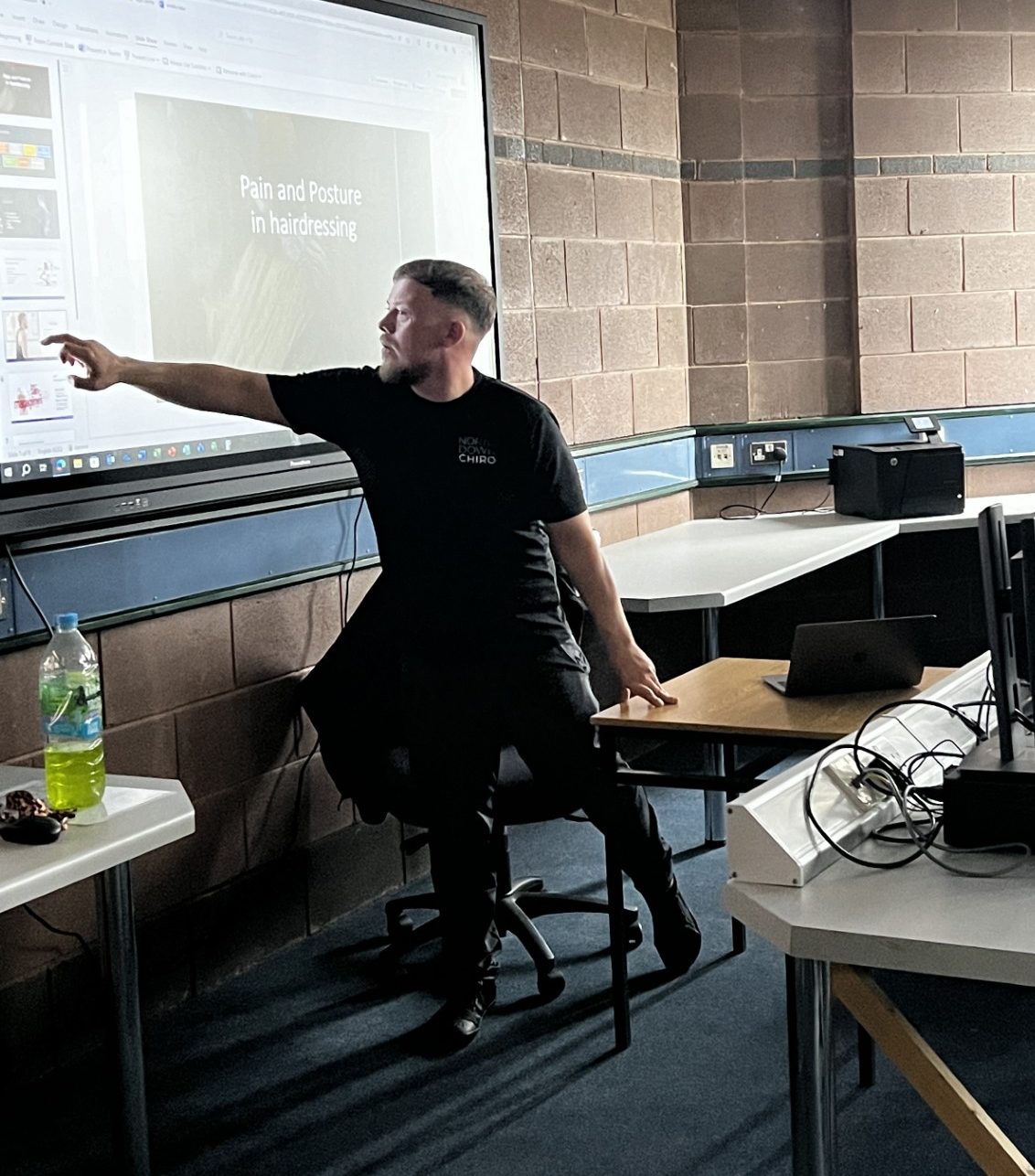
- This blog post is taken from a guest lecture given by Stephen Mahwinny on 14th may 2024 to the hairdressing students at SERC college Bangor.
Hairdressing is an art that requires skill, creativity, and an eye for detail. However, behind the scenes of the is seemingly glamorous profession lies a significant physical toll on those who practice it. At the clinic, we encounter many hairdressers suffering from a variety of musculoskeletal issues. This blog aims to highlight the common sources of pain in hairdressing and provide actionable advice to help our patients manage and prevent these injuries
Physical demands of hairdressing.
Hairdressers often endure long hours on their feet, repetitive hand movements, and awkward postures, all of which can lead to chronic pain and injury. Key physical demands include:
1. Prolonged standing: Standing for extended periods can lead to lower back, leg and foot pain.
2. Repetitive movements: The continuous use of scissors, hairdryers, and other tools can cause repetitive strain injuries in the hands, wrists, and shoulders.
3. Awkward postures: Leaning over clients and holding arms in elevated positions can contribute to neck, shoulder, and upper back pain.
Common Injuries in Hairdressers
1. Carpal Tunnel Syndrome: Resulting from repetitive hand movements and prolonged gripping of tools
2. Tendonitis: Inflammation of the tendons in the wrists, elbows, and shoulders due to overuse.
3. Lower Back Pain: Caused by prolonged standing and improper bending techniques.
4. Neck and Shoulder Pain: Due to holding arms up for extended periods and the weight of hair styling tools.
5. Foot Problems: Including plantar fasciitis and varicose veins from long hours of standing.
Physiotherapy interventions
In the clinic, we play a crucial role in helping hairdressers manage pain and prevent injuries. Here are some key strategies.
1. Ergonomic Assessment: Conduct an ergonomic assessment of the patients workstation. Recommend adjustments such as raising the height of chairs.
2. Posture Correction: Educate patient on maintaining proper posture whilst working. Encourage them to keep their spine aligned and avoid leaning of hunching over clients.
3. Strengthening Exercises: Develop a tailored exercise program that focuses on strengthening the core, shoulders and back. Stronger muscles can better support the demands of the job.
4. Stretching Routine: Introduce a daily stretching routine to alleviate muscle tension and improve flexibility. Focus on stretches for wrists, shoulders, back and legs.
5. Manual Therapy: Utilise manual therapy techniques to relieve muscle tension and pain. Techniques such as myofascial release, deep tissue massage, and joint mobilisation can be beneficial.
6. Education on Proper Techniques: Teach patients about the importance of using proper techniques while cutting and styling hair.
7. Regular Breaks: Advise patients to take regular breaks throughout the day to rest and stretch. Short, frequent breaks can help prevent muscle fatigue.
8. Supportive Footwear: Recommend supportive, cushioned footwear and orthotics to reduce foot and lower back pain. Footwear with good arch and support and shock absorption can make a significant difference.
Conclusion
Conclusion
Hairdressers face physical challenges that can lead to chronic pain and injuries. At the clinic, we can make a substantial impact by providing targeted interventions, ergonomic advice, and ongoing support. By addressing the specific needs of hairdressers we help them continue their craft with reduced pain and improved quality of life. Ensuring they can thrive in their careers without compromising their health.
More Posts
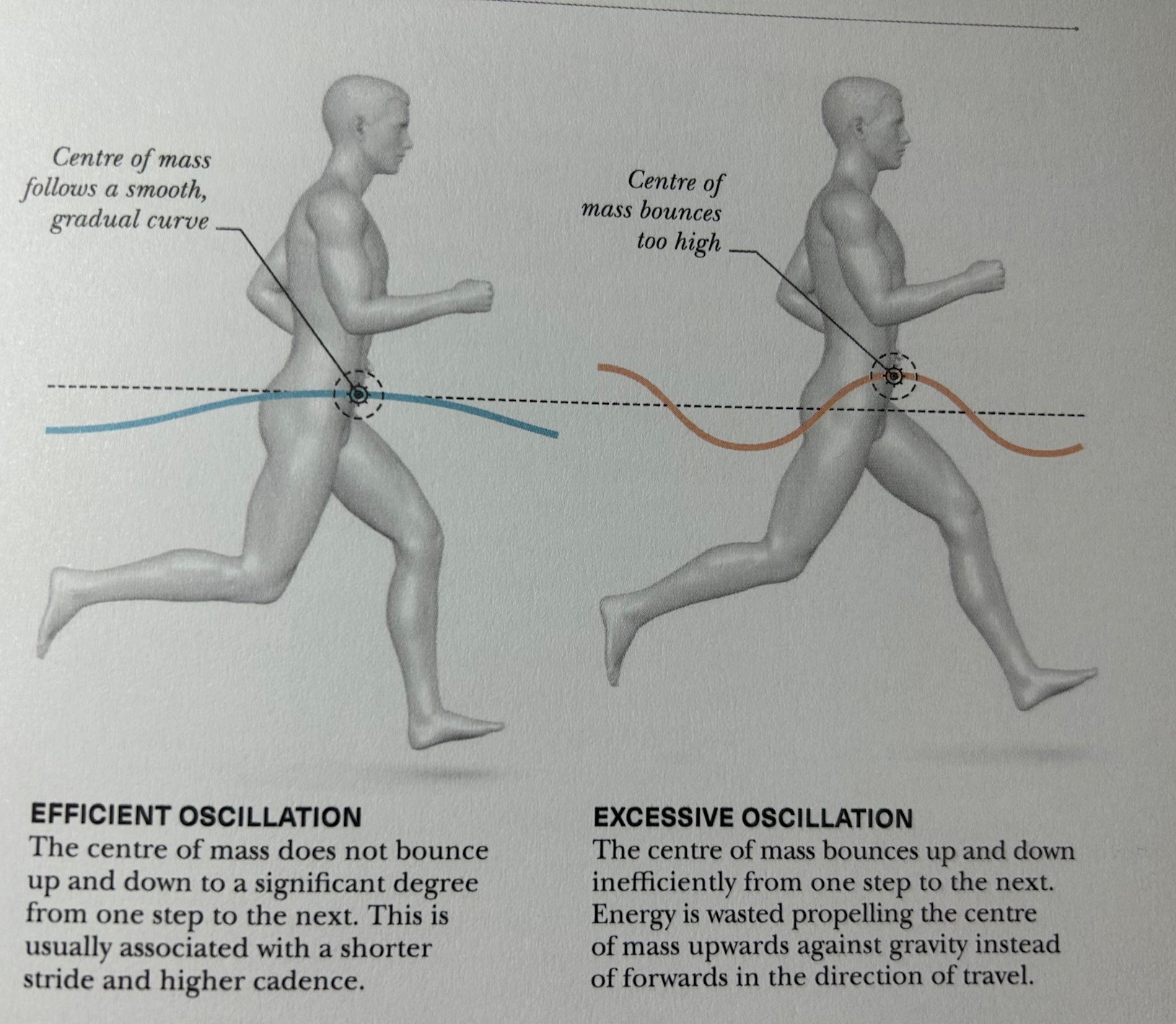
Running blog: Part two
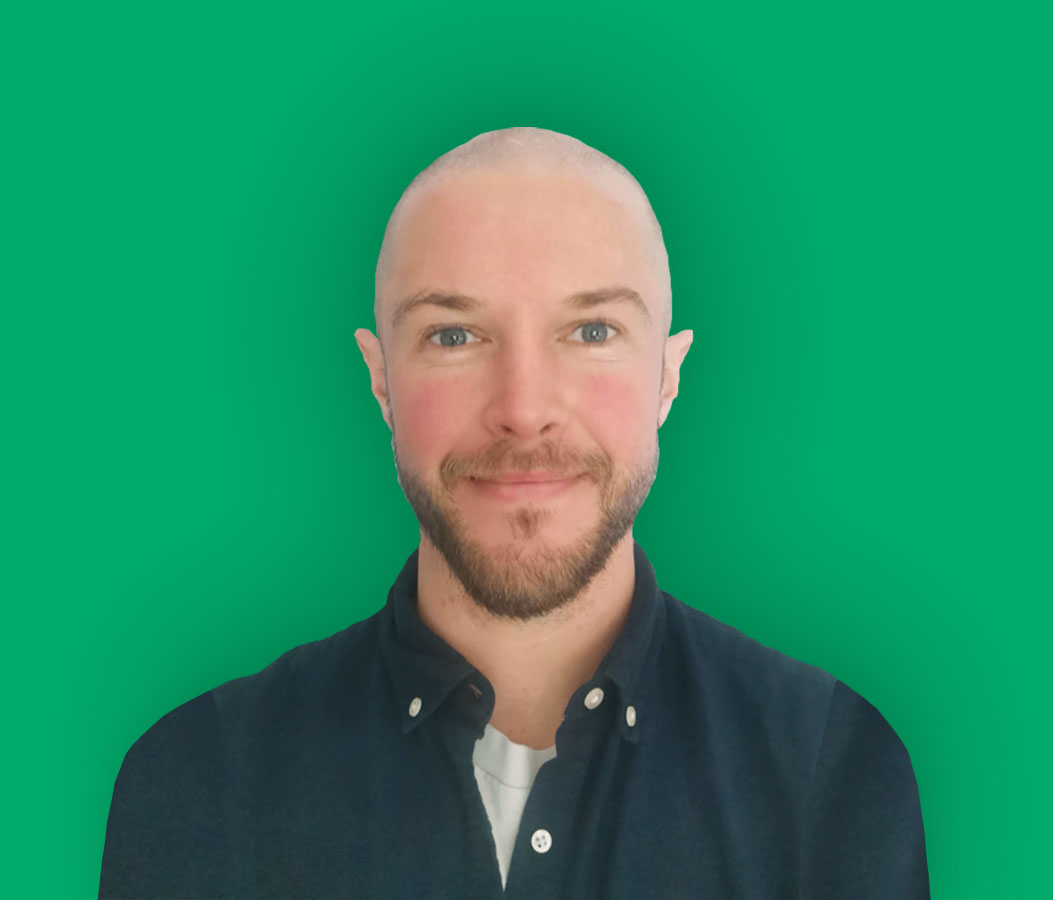
Running and Injury mechanics
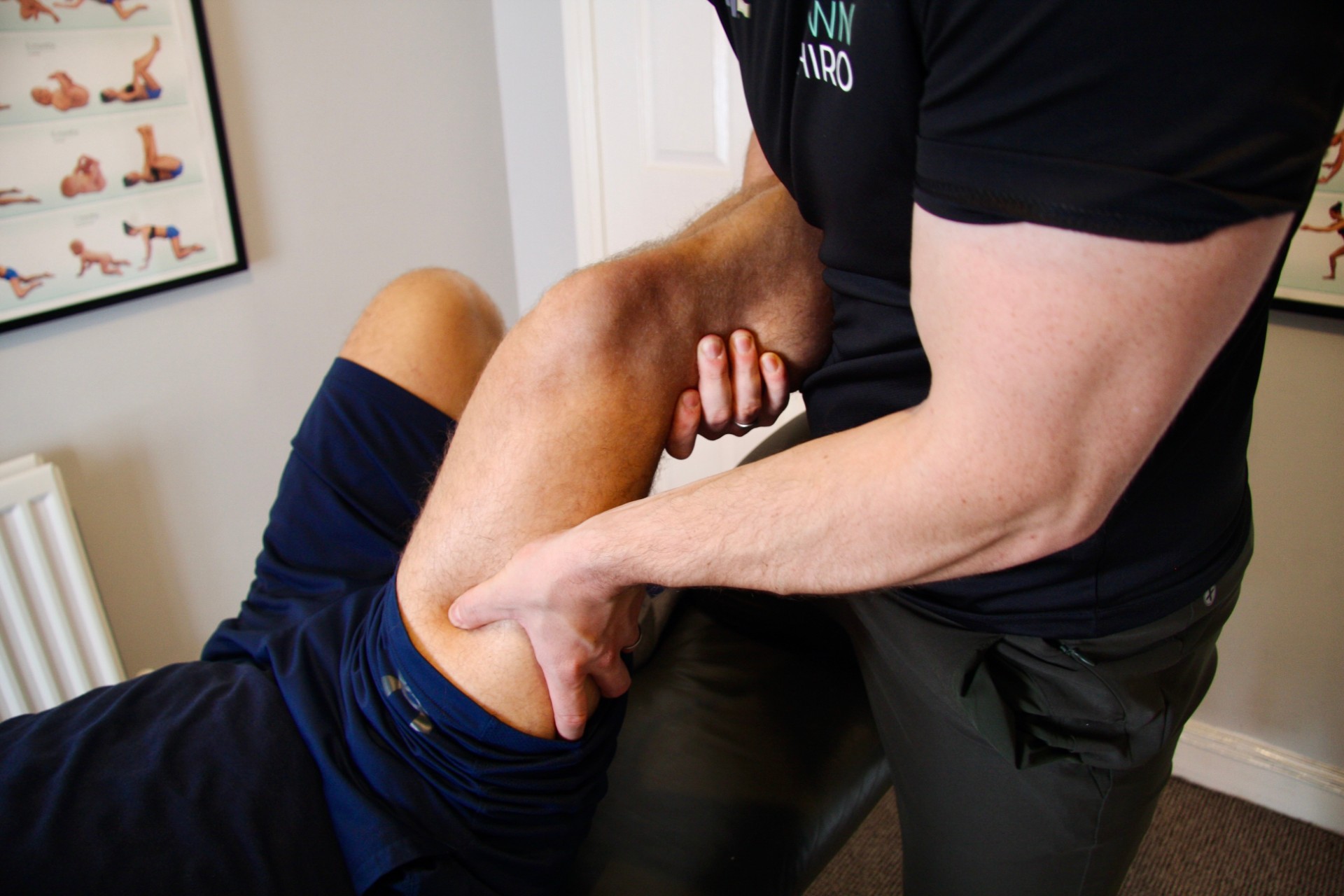
Physiotherapy for Runners with Hip Pain: How to Get Back on Track
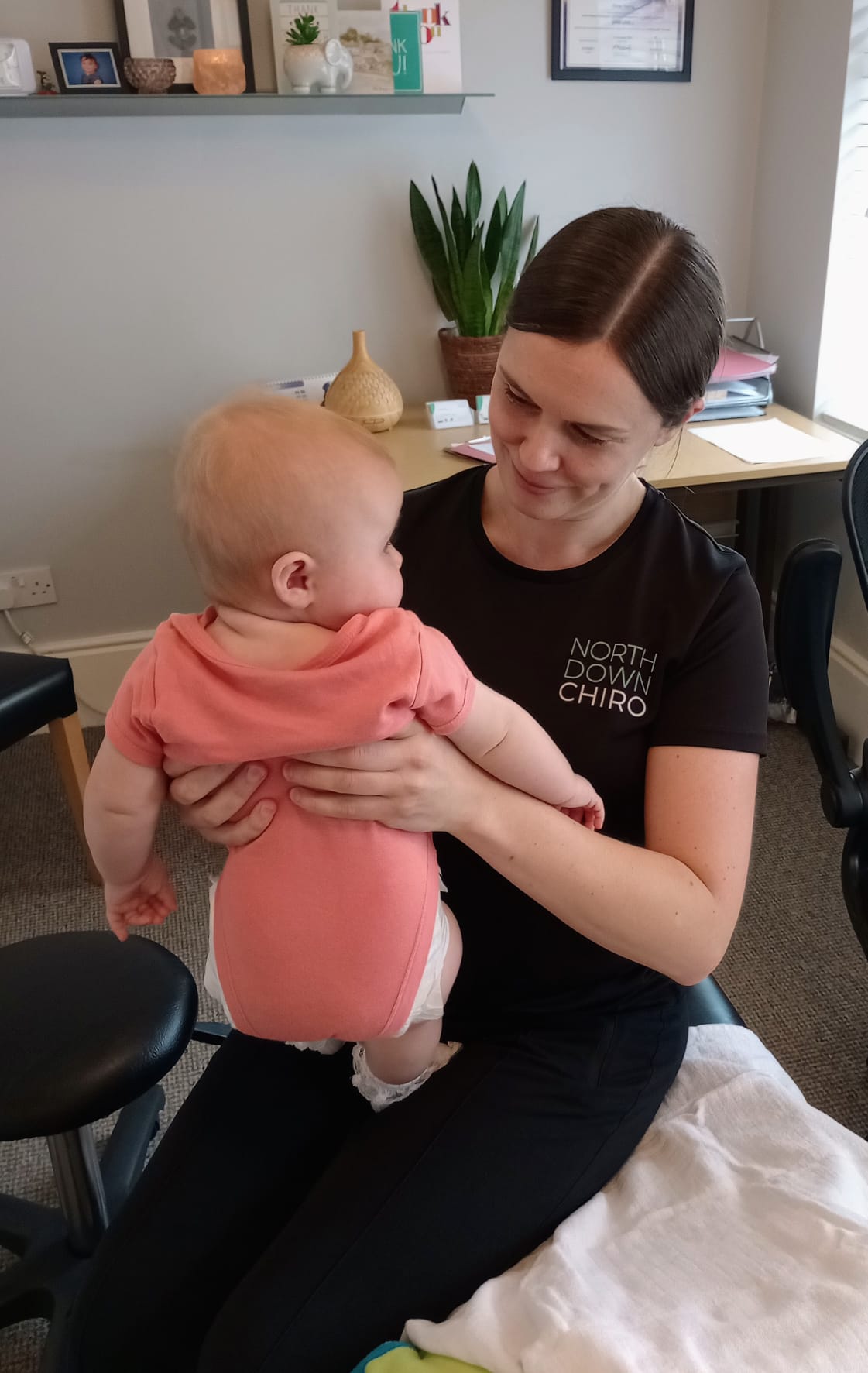
Parenting ‘Perils’
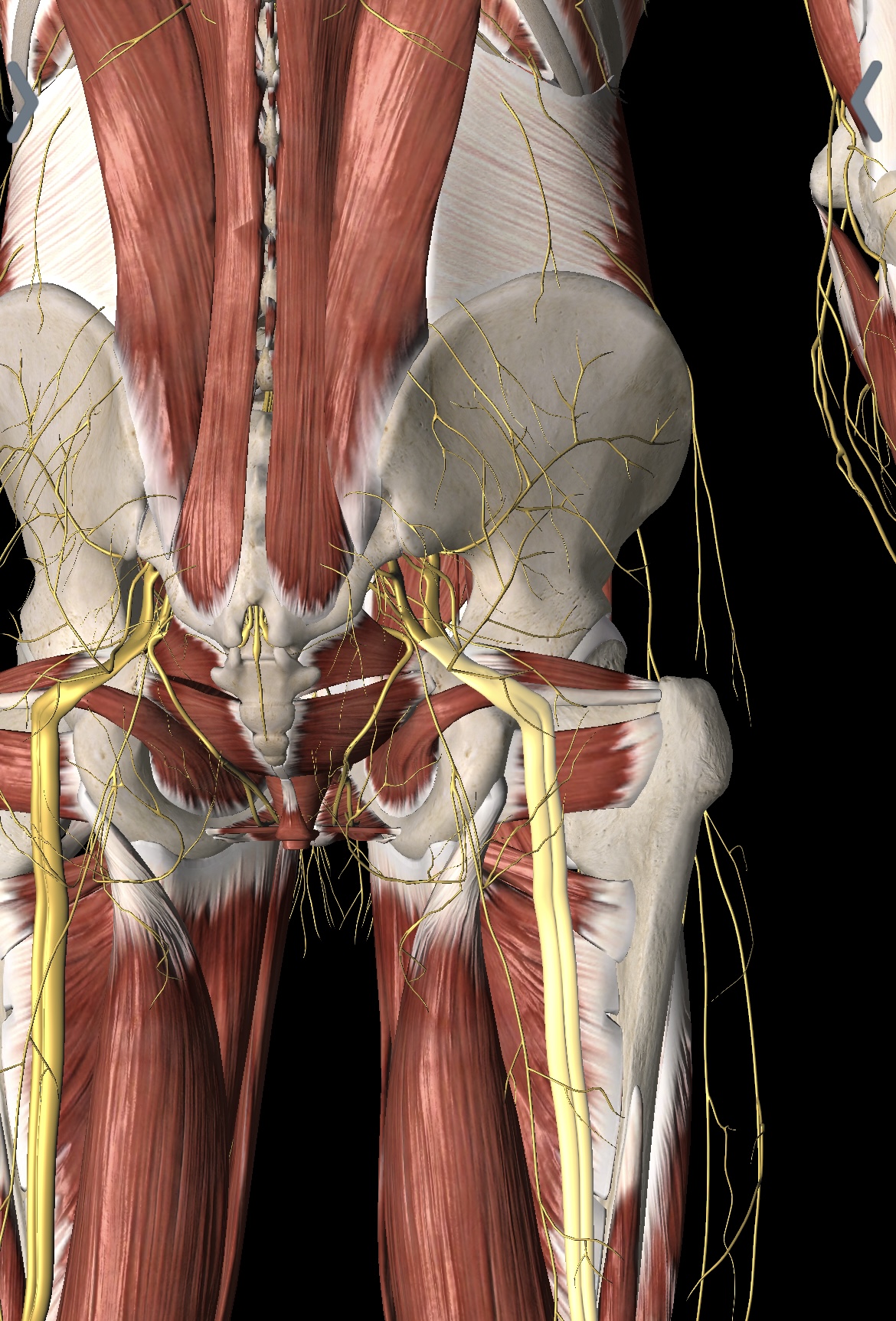
Sciatica explained
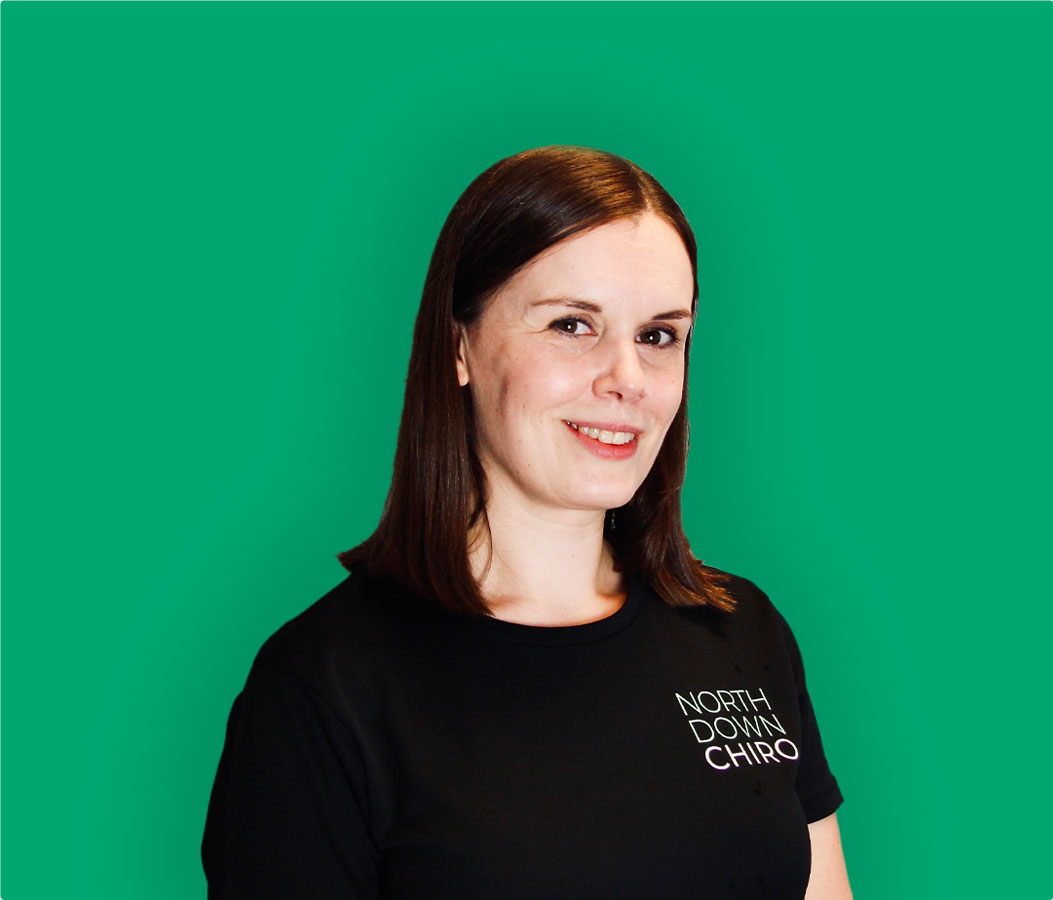
Osteoporosis/Bone thinning
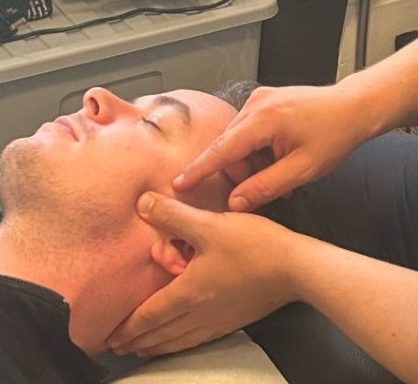
Physiotherapy for Jaw pain/TMJ
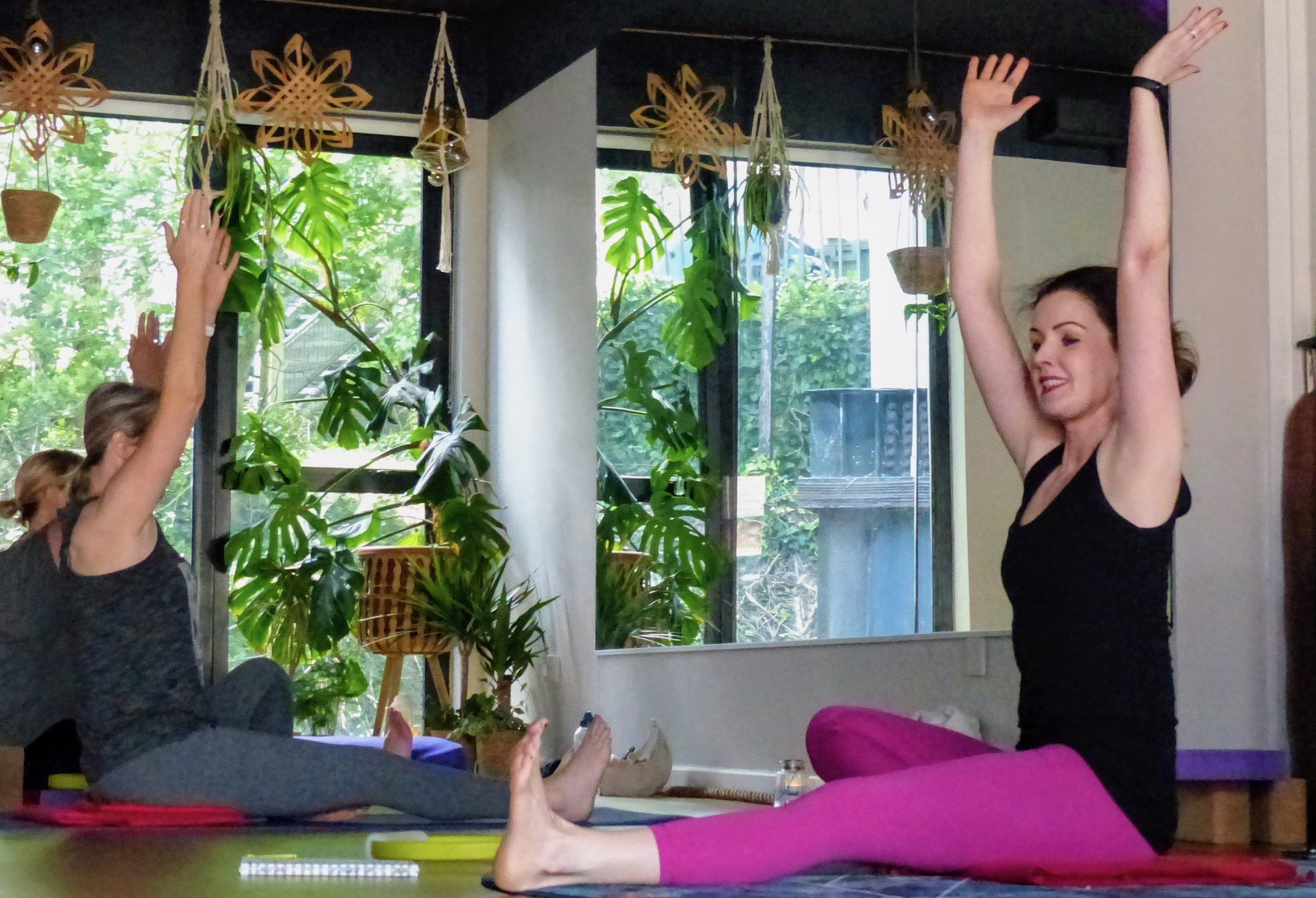
Pilates now available
